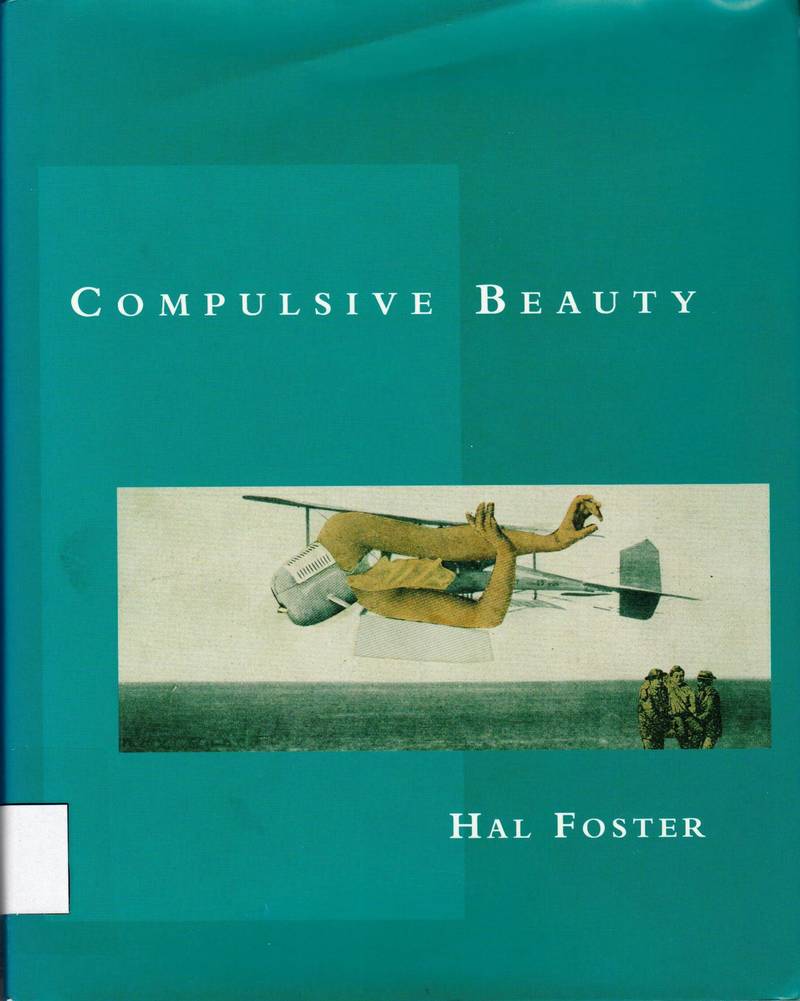Surrealism has long been seen as its founder, Andre Breton, wanted it to be seen: as a movement of love and liberation. In Compulsive Beauty, Foster reads surrealism from its other, darker side: as an art given over to the uncanny, to the compulsion to repeat and the drive toward death. To this end Foster first restages the difficult encounter of surrealism with Freudian psychoanalysis, then redefines the crucial categories of surrealism — the marvelous, convulsive beauty, objective chance — in terms of the Freudian uncanny, or the return of familar things made strange by repression. Next, with the art of Giorgio de Chirico, Max Ernst, and Alberto Giacometti in mind, Foster develops a theory of the surrealist image as a working over of a primal fantasy. This leads him finally to propose as a summa of surrealism a body of work often shunted to its margins: the dolls of Hans Bellmer, so many traumatic tableaux that point to difficult connections not only between sadism and masochism butal so between surrealism and fascism. At this point Compulsive Beauty turns to the social dimension of the surrealist uncanny.
- / Автор
